Over the past ten years, ecommerce business has been more and more popular as more companies jump at the digital trend. While e-commerce has benefited greatly from a number of technological improvements, a few stand out as genuine game-changers.
Owning and managing an online business highlights the significance of offering customers prompt and dependable product delivery. Ensuring an exceptional delivery experience and permitting clients to choose a convenient date and time is challenging. Fortunately, shipping date and time picker apps are available to cope with this challenge.
By integrating Shopify Delivery Date, you empower customers to select a preferred delivery date directly on your cart page or during checkout. This enhancement contributes to a more customized and customer-pleasant buying experience in your online shop.
What is the Delivery Date & Time Picker?
One application that allows users to choose the precise day they want their product delivered is known as a delivery date picker. In the past days, customers could determine when their order might arrive by counting the days their selected shipping method might take from the day they ordered the product. Now, customers can choose their desired day and time for order delivery due to a delivery date picker. Customers can select a delivery time that suits their tastes and schedules due to this adaptability. This feature has grown significantly in online shopping because it enhances the general consumer experience comfort and customization.
Features to Look for in a Delivery Date & Time Picker
- User-friendly interface
Choosing a Delivery Date and time Picker with a better user interface is important. The application should be simple and smooth, with instructions that are easy to understand and navigate.
This guarantees that users can quickly and clearly pick the delivery dates and instances they need. A streamlined interface is critical for maximizing the effectiveness of your shipping management system as it not only makes scheduling less difficult but also lowers the hazard of errors.
- Real-Time Availability Updates
Select a Delivery Date & Time Picker with actual-time availability updates to avoid frustrating customers. This characteristic reduces the opportunity that users will pick unavailable options by permitting them to look at available and reserved time slots right away.
The quickness of these updates not only enhances the customer experience but also facilitates your team to deal with delivery more correctly with the aid of lowering the likelihood of overlaps or delays.
It advantages both your clients and the operational efficacy of your delivery control system. It does this by making certain accurate and modern statistics.
- Block off dates
A block-off dates feature in the delivery date & time picker app is essential because it enables online businesses to efficiently manage their calendars by denoting the unavailable delivery dates. That is essential when dealing with capacity limits, holidays, or renovation openings.
For instance, a florist may use this selection to block off dates throughout the top seasons when order volumes are high. Businesses can hold provider quality, avoid overstretching, and assure reasonable delivery obligations with the aid of blocking off unavailable dates.
Operational control is stepped forward by way of the Block off dates feature, which avoids logistical snags and promotes a more dependable and customer-friendly delivery experience.
- Customizable Time Slots
Given the variety of business activities, a flexible Delivery Date and time Picker that provides time slots that may be customized to meet specific delivery needs is crucial. Due to this innovation, businesses may now match delivery options to their own operating capabilities.
A picker with customizable possibilities guarantees smooth alignment with various business models, regardless of whether it must follow a strict schedule with designated time slots or require flexibility for different delivery times.
The flexibility of Shopify Delivery Date lays the groundwork for a more responsive and customer-focused delivery management system by improving operational efficiency while meeting client’s unique requirements and preferences.
- 24/7 customer support
Customer support is another must-have feature of the Delivery Date & Time Picker app. To offer reliable and pleasurable customer support, a Delivery Date & Time picker app wishes to provide extraordinary customer support.
Customer satisfaction relies upon timely and correct deliveries, and responsive client care is a vital lifeline when issues occur. Great customer support can respond to questions quickly, help with scheduling adjustments in actual time, and talk about delivery statuses openly and sincerely.
This not only quickly fixes possible issues but also fosters loyalty and trust. By building consumer trust and reiterating the brand's commitment to reliability and customer-centricity, providing the greatest customer service via the app will become a critical point of differentiation in the delivery services market.
- Mobile Responsiveness
A Delivery Date & Time Picker should take responsiveness of mobile devices in this age of developing smartphone utilization. This characteristic ensures smooth operation on multiple gadgets, tablets, and smartphones.
Customers can easily schedule deliveries on the go with a mobile-friendly picker, improving consumer experience. The ability to use this app readily from a mobile device will increase customer pride and expand the target market.
Prioritizing mobile responsiveness becomes vital to live competitively and meet the changing needs of a tech-savvy client base as clients depend increasingly on mobile platforms.
- Data Analytics and Reporting
Advanced data analytics and reporting capabilities are available in the Shopify Delivery Date to help you continuously improve your delivery timing and customer delight. You can also learn a lot about consumer options and new trends by means of analyzing this information.
Using this statistics-driven method, you can optimize operational operations and make informed choices, including adjusting shipping options. By strategically applying these insights, you may enhance business performance while enhancing the exceptional of your offerings.
The delivery date app becomes crucial for staying ahead of market expectancies and consistently enhancing the client experience through a proactive and information-knowledgeable method.
- Automated Reminders and Notifications
A Delivery Date and time Picker with automatic reminders and notifications might enhance customer communication. Customers are informed about forthcoming deliveries because of this valuable feature, which significantly reduces the probability of missed appointments and increases consumer delight.
Automated communication helps customers and makes delivery control less difficult for your personnel. It reduces the opportunity for errors and increases operational effectiveness by putting off manual reminders.
The smooth incorporation of computerized notifications indicates your dedication to a trouble-free and consumer-centered transport experience while reinforcing reliability and proactively appearing. This characteristic becomes essential for building loyalty and trust in a competitive market.
- Data Security and Privacy
Robust security and privacy safeguards are utilized in Delivery Date & Time Picker. The app uses encryption mechanisms to defend sensitive user information, ensuring that personal information is stored private while scheduling.
Ensuring adherence to pertinent facts and protection rules is essential in protecting a person's privacy and meeting legal necessities. To be proof against such attacks, the software may additionally use safe authentication strategies and replace its protection features regularly.
The Delivery Date and Time Picker establishes a reliable environment wherein customers can reliably manipulate their shipping selections by giving importance to these measures.
- Integration capabilities
One of the critical features blanketed within the Delivery Date & Time Picker is integration. One single app does not fulfill the system. In that case, it is vital to integrate a few other apps. Seamless integration with current e-trade platforms and order management structures is essential for efficiency.
Look for a shipping date and time picker that can be effortlessly incorporated into your website or app. This integration simplifies the order achievement process, lowering the chance of mistakes and improving typical operational efficiency.
The seamless integration of Shopify Delivery Date ensures a user-friendly experience and real-time availability updates.
- Feedback session
A feedback session into a Delivery Date & Time Picker app is essential for continuous development and purchaser pleasure. Users can share their experiences, which gives insightful information on how the shipping procedure works.
Consumer feedback assists in pinpointing areas that need development, permitting agencies to solve issues and improve their offerings. Positive reviews also act as an endorsement of the app's efficacy, swaying prospective customers.
The feedback function makes potent customer relationships by imparting an open line of touch. It also facilitates the app's evolution by ensuring it is still responsive to user wants and expectations.
- Location
The Delivery Date & Time Picker's complicated algorithms and geolocation talents guarantee that products are delivered precisely to the right place. The software program specifically determines the customer's exact location by way of the use of specific GPS records.
Furthermore, route optimization is improved by interplay with mapping offerings, permitting effective and timely shipping. Real-time monitoring enables the monitoring of the delivery system even more by giving customers and delivery workers instantaneous statistics.
Integrating the geolocation feature with real-time tracking guarantees a dependable and customer-targeted delivery experience by ensuring the products arrive at their supposed spot without any issues.
Bottom line
Any online company looking to streamline its delivery management process will find great value in a well-thought-out delivery date and time picker. Businesses can improve customer satisfaction, streamline operations, and establish a reputation for dependable and efficient deliveries by considering the features mentioned above.
This Article is originally published on:
https://original.newsbreak.com/@pervaiz-iqal-1757957/3237596400756-12-features-to-look-for-in-a-delivery-date-time-picker













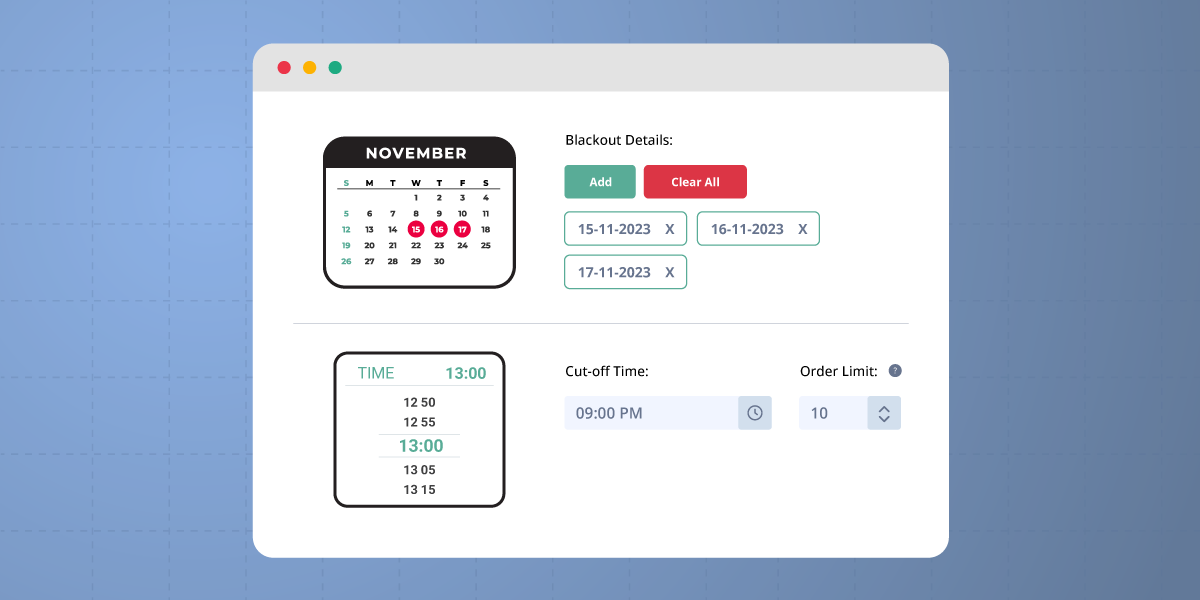
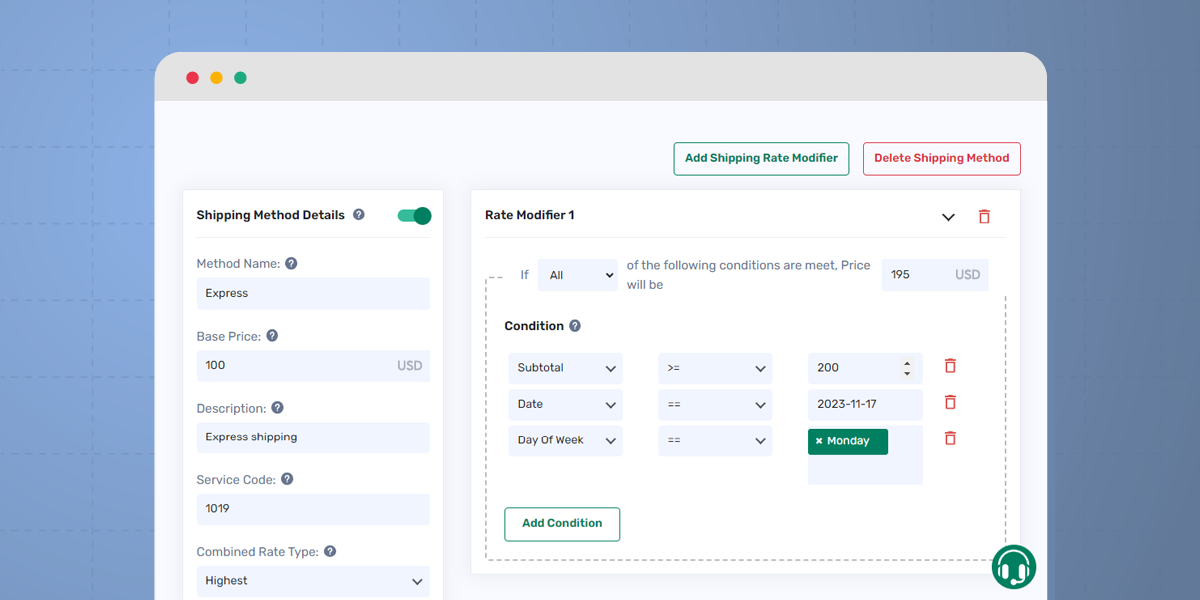




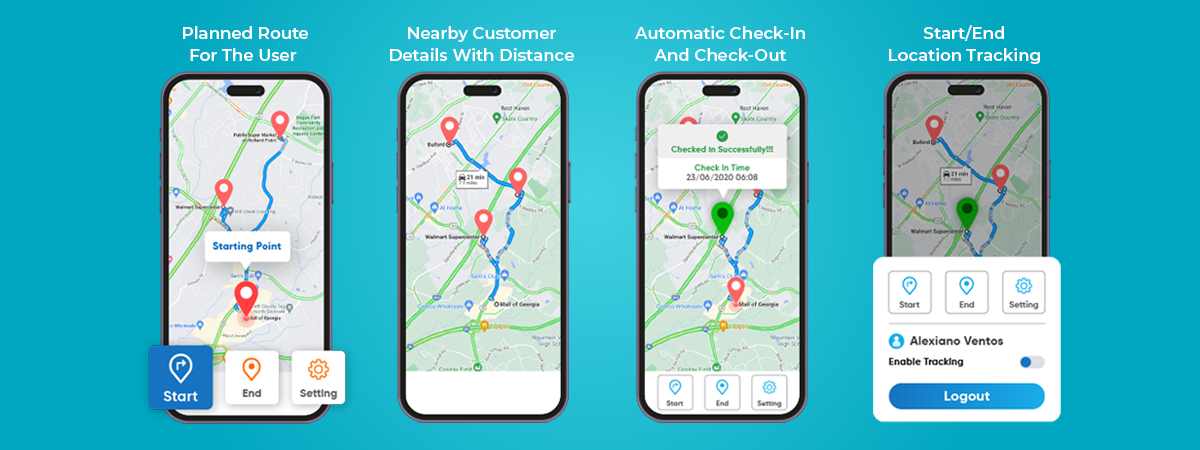










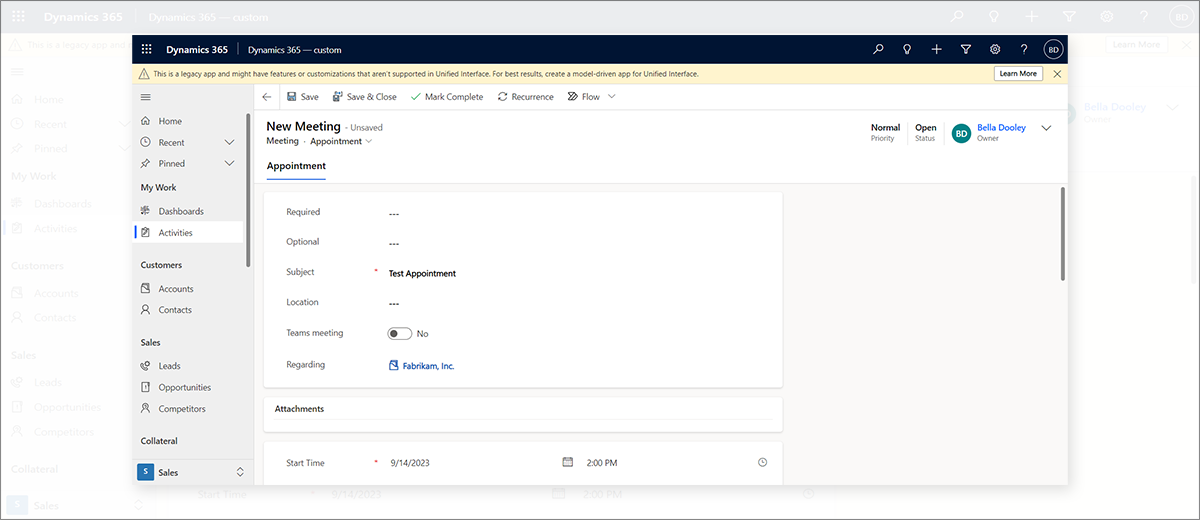




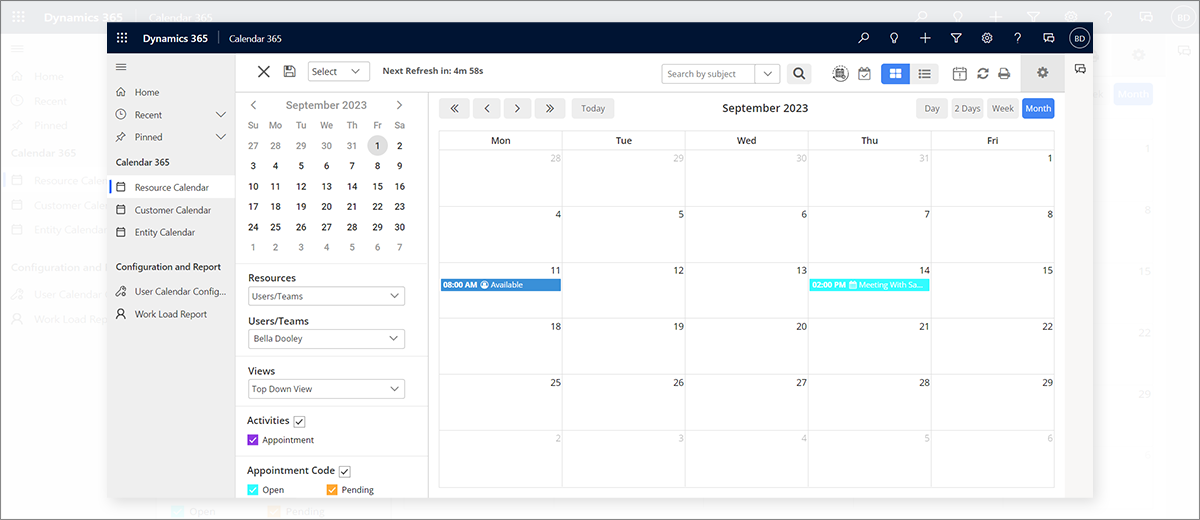
 questions, mail us at
questions, mail us at 








